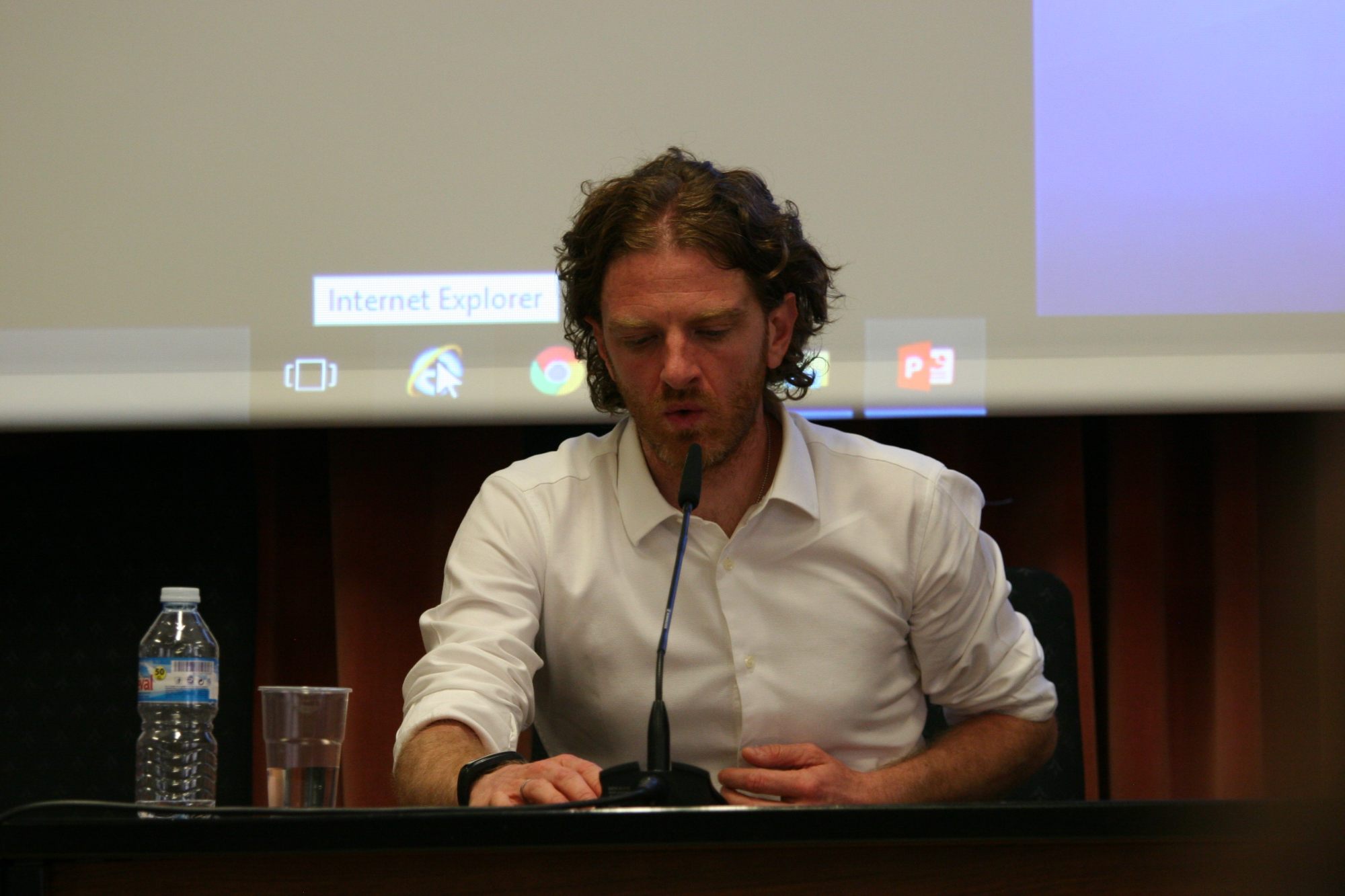Alessandro Maurini (born in 1979) is graduated in Political Philosophy in 2005 (University of Turin, Italy); from 2008 to 2012 he did his Ph.D in Political Studies. History and Theory (and was visiting student at the Aldous Huxley Forschungsstelle – Centre for Aldous Huxley Studies, Westfalische Wilhelms-Universitat, Muenster, Germany) at the Department of Political Studies (University of Turin); in 2014 he was a fellow at the Luigi Einaudi Research and Documentation Center (Turin); in 2017 he was a (non-user) fellow at the Robert H. Smith International Center for Jefferson Studies, ICJS (Thomas Jefferson Foundation, Monticello, US-VA).
From 2012 to 2018 he was a Teaching Assistant of “History of Modern State”, and since 2016 he is a Teaching Assistant of “Human Rights. History” (Department of Law) and is involved in the course of “Early Modern History” (Department of Historical Studies) at the University of Turin. From 2014, he is a Honorary Fellow in “Early Modern History” (Department of Historical Studies) at the University of Turin.
His research interests are the history of contemporary political thought (utopia and dystopia in the twentieth century) and the history of modern political thought (human rights in the European and American Enlightenment).
RESEARCH PROJECT
AN OBSTACLE RACE. The Declaration after the Constitution: Enlightenment Heritage In the U.S. (1791-1865)
The Declaration of Independence was not only a declaration of independence: it was a political and constitutional project based on the principle of human equality, a manifesto of the Enlightenment revolutionary language and project of natural rights of man.
In the American constitutional process, that project of constitutionalization of those rights failed. From a historical point of view, there was a missed revolution in the American Revolution. From a historiographical point of view, in the American Revolution we should break the continuity between Declaration and Constitution.
What happened to the Declaration’s Enlightenment project after the Constitution, up to 1861 when Lincoln invited to “re-adopt the Declaration of Independence”?
To look for traces of that project in the institutional and public debate during this period means to tell a history of a struggle between the natural rights of man’s language and that of race. To tell that history means to analyze the Enlightenment heritage – an obstacle race in which race was the main obstacle – and means to center the real cultural knot in the U.S. history in the nineteenth century. And to tell that history also means to understand the background of the abolition of slavery – and if and how much it has to deal with the Enlightenment legacy: if the Declaration’s language of natural rights of man was undercurrent compared to that of race – of a racism implemented by science to justify slavery, the real turning point of the American missed revolution – it will be the reference point for Lincoln and the abolition of slavery.




